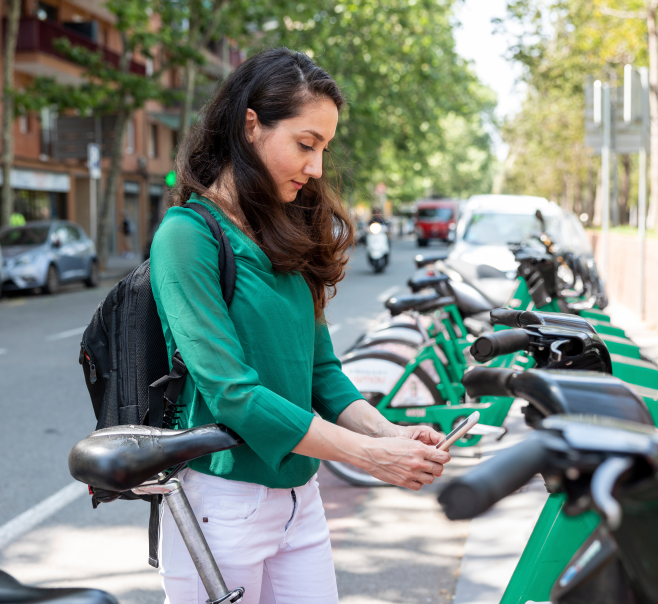
The pandemic accelerated the adoption of digital payments, driven by a surge in online commerce.
Today, digital payment methods, especially mobile payments, have matured across Europe as consumers embrace diverse digital channels with ease.
Convenience and a wide range of options have emerged as key purchasing drivers, providing significant opportunities for innovation to ensure more inclusive and seamless payment experiences.
With this in mind, what can we expect from payments in 2025?

Tommaso Jacopo Ulissi
Head of Strategy, Transformation, and Capital Allocation at Nexi Group
First trend: the mobile as a key facilitator of payments
The smartphone is rapidly cementing its position as the number one payment form factor, for both consumers and merchants alike.
- Consumers value the ability to leave their physical wallets behind, relying solely on their smartphones¹. They also value the added layer of security offered by mobile payments, leveraging facial or fingerprint biometrics to authenticate contactless transactions.
- Merchants are increasingly adopting softPOS solutions, which turn smartphones into payment terminals. These systems complement the existing terminal setups, enhancing flexibility and enabling ‘roaming’ sales. SoftPOS can also serve as a back-up solution or a queue-buster during busy periods ensuring scalability and flexibility increasing acceptance and conversion.
¹ Nordic Payment Report data: 76% of Nordic consumers use some form of mobile payment in physical sales locations. Italian payment data: 78% increase in use of mobile-based payments in Italy.

Second trend: digital payments enable Seamless and Smart Mobility
Travel payments are undergoing a revolution, with card-based payments unlocking new levels of convenience. Consumers now expect innovative solutions that support seamless journeys, and payment technology must support this transition to Smart Mobility.
Digital and app-based solutions are a great way to ensure travellers a “best fare guarantee” so the consumer - based on the actual travel activity, which most cannot exactly determine beforehand is charged in the for them most cost-effective way.
Key advancements in Smart Mobility payments include integrating payment functionality directly into travel cards, mobile in-app payments, and fully automated options like license plate recognition for tolls or parking.
Third trend: sustainable solutions growing in importance
Half of consumers believe sustainable online shopping options are lacking and would actively choose them if available.
Merchants who provide these options can differentiate themselves with a “green profile”, e.g. incorporating eco-friendly packaging and transport methods to attract and retain customers. In the Nordics, the shift to digital receipts is an example of how payment innovation can directly reduce environmental impact, offering convenience and reducing waste.
Payment providers (like Nexi) are also integrating sustainability into their value chains to reduce environmental impact. By digitalizing processes and fostering innovation, they can help businesses unlock their ESG potential while achieving their own sustainability goal.
Consumers are becoming more conscious of “localisation” of where they do their online purchases, and the conditions under which products are made, also considering the CO2 emissions related to intercontinental transport.



